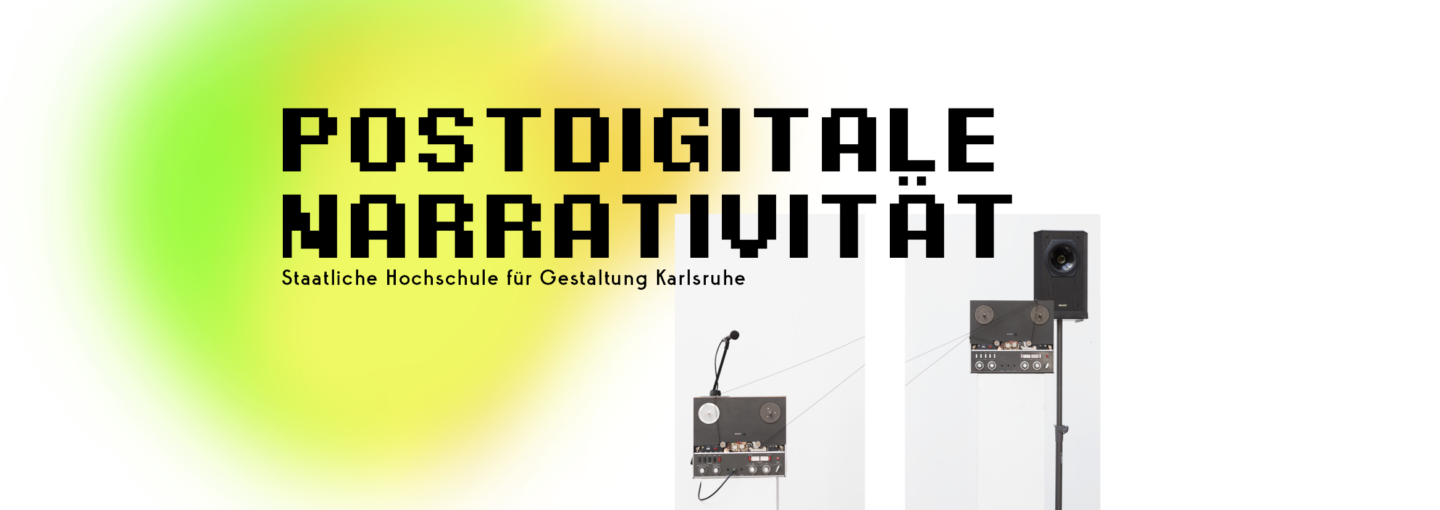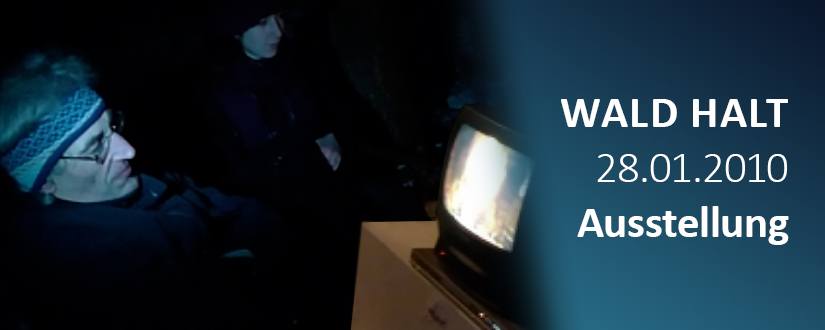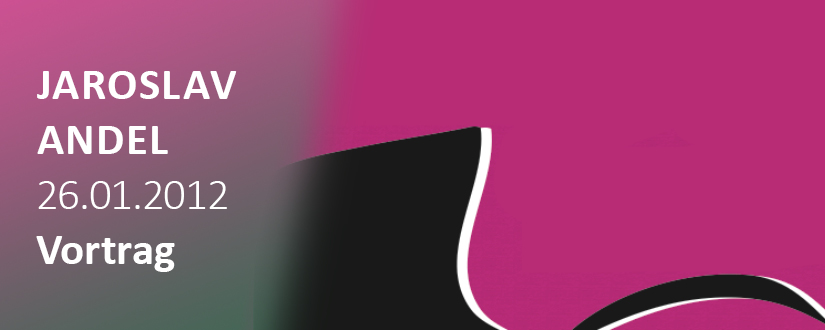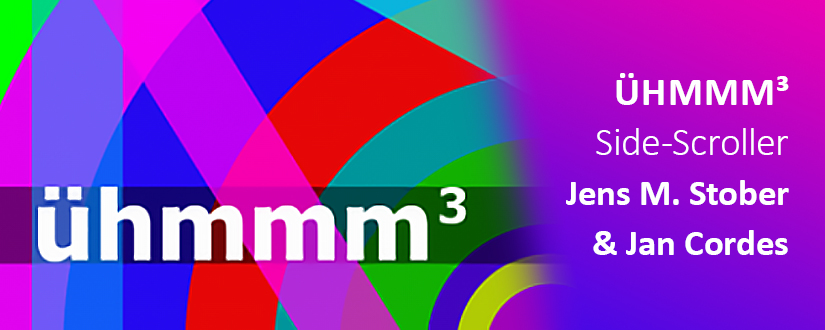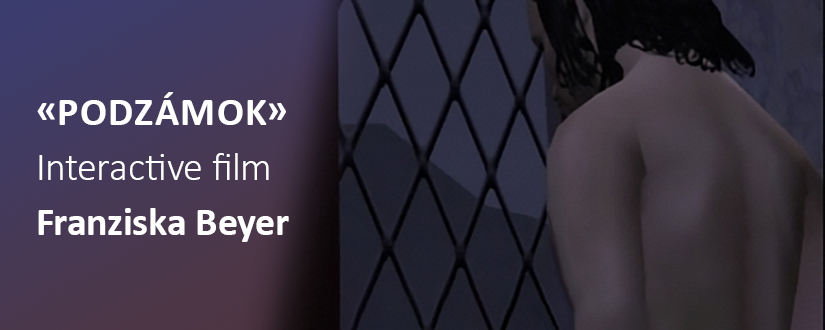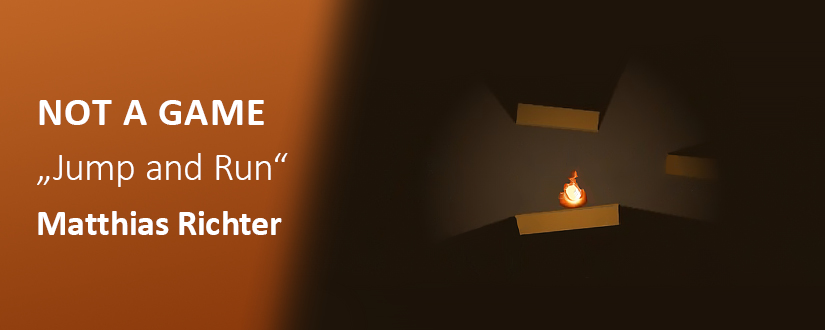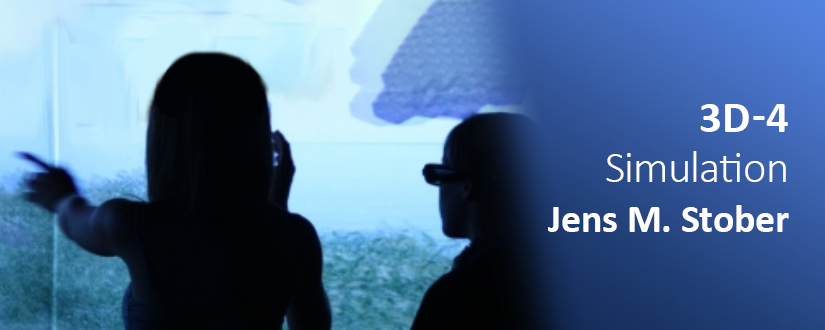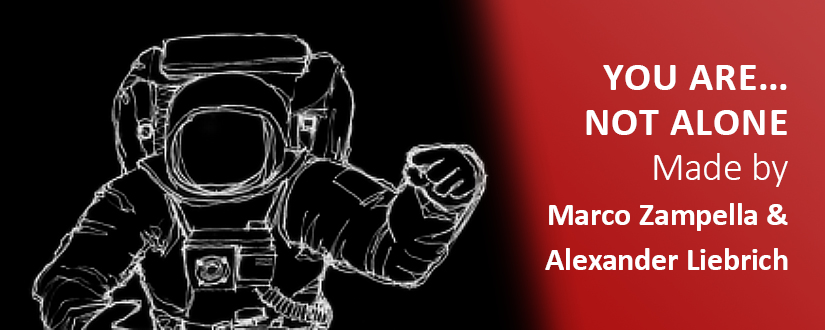Der Fachbereich Digitale Medien der Staatlichen Hochschule für Gestaltung Karlsruhe zeigte am 28. Januar 2010 unter dem Titel “Wald halt – Eine multimediale Schwarzwaldidylle” Positionen junger Künstler in einem Waldstück bei Schöllbronn. Einen Abend lang wurde die Stille des Waldes in eine multimediale Kunstausstellung verwandelt. “Wald halt” übertraf an technischen und organisatorischen Aufwand alles Bisherige. Die Ausstellung war nur mit dem Auto, mit dem kostenlosen Shuttleservice oder mit einer langen Wanderung durch den dunklen Wald erreichbar. Unter der Leitung von Prof. Michael Bielicky, der Organisation von Eva Franz und unter Mithilfe von Michael Rybakov, Dirk Reinbold, Vladimir Ivaz und Magnus Göbel stellten folgende Künstler ihre Arbeiten aus:
Zaza Barisch, Michael Bielicky, Jan Cordes, Eva Franz, Adam Gawel, Wan Hsin Lin, Benjamin Matzek, Sven Polk, Stefan Rosinski, Alina Schmuch, Jens Stober, Sandra Trösch, Achim Weinpel und Steffen Zillig.
Wie die BNN es aus dem Kontext gerissen zitierte – “Das ist das Extremste!”
_ _ _ _ _ _ _ _ _
English version
On 28. January 2010 the Digital Media Division of the University of Arts and Design Karlsruhe showed positions of young artists in a forest area near Schöllbronn under the title “Wald halt – a multi-media Black Forest Idyll”. For one night, the silence of the forest was turned into a multimedia art exhibition. “Wald halt” (“just forest”) surpassed all previous technical and organizational effort. The exhibition was accessible only by car, with the free shuttle service or a long hike through the dark forest. Under the direction of Prof. Michael Bielicky, the organization of Eva Franz and with the help of Michael Rybakov, Dirk Reinbold, Vladimir Ivaz and Magnus Goebel the following artists presented their works:
Zaza Barisch, Michael Bielicky, Jan Cordes, Eva Franz, Adam Gawel, Wan Hsin Lin, Benjamin Matzek, Sven Polk, Stefan Rosinski, Alina Schmuch, Jens Stober, Sandra Trösch, Achim Weinpel and Steffen Zillig.
As the BNN is quoted out of context – “This is the most extreme!”
